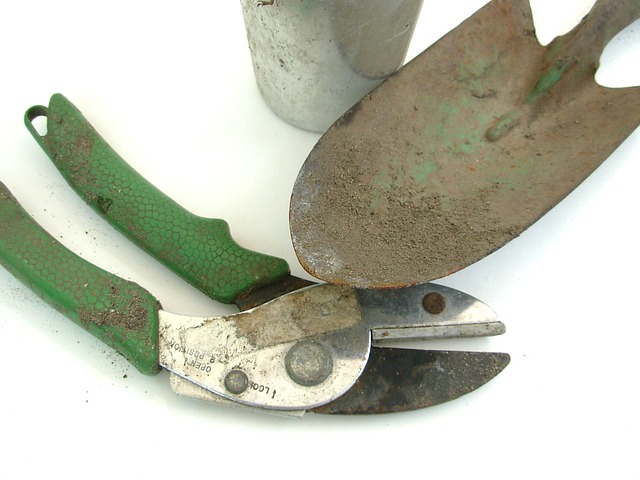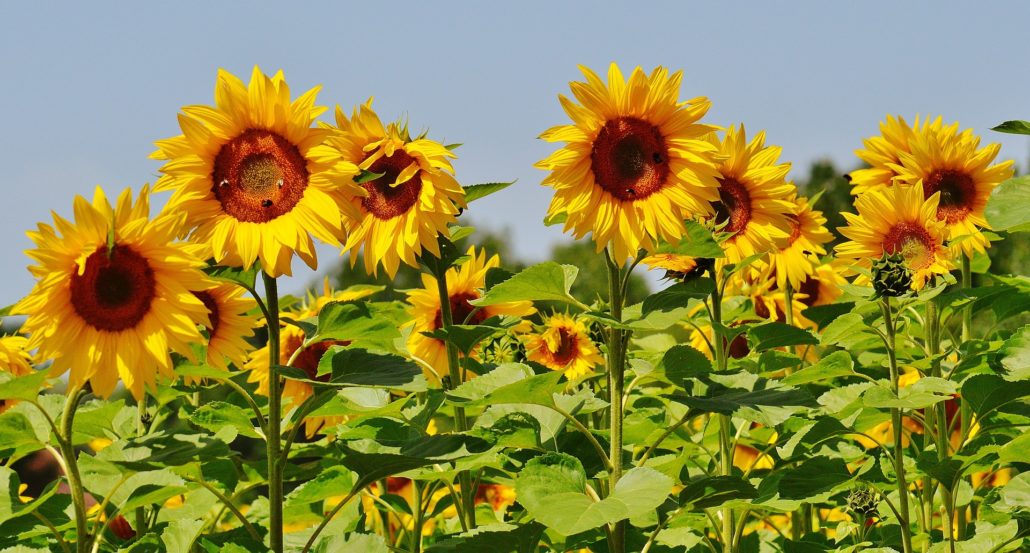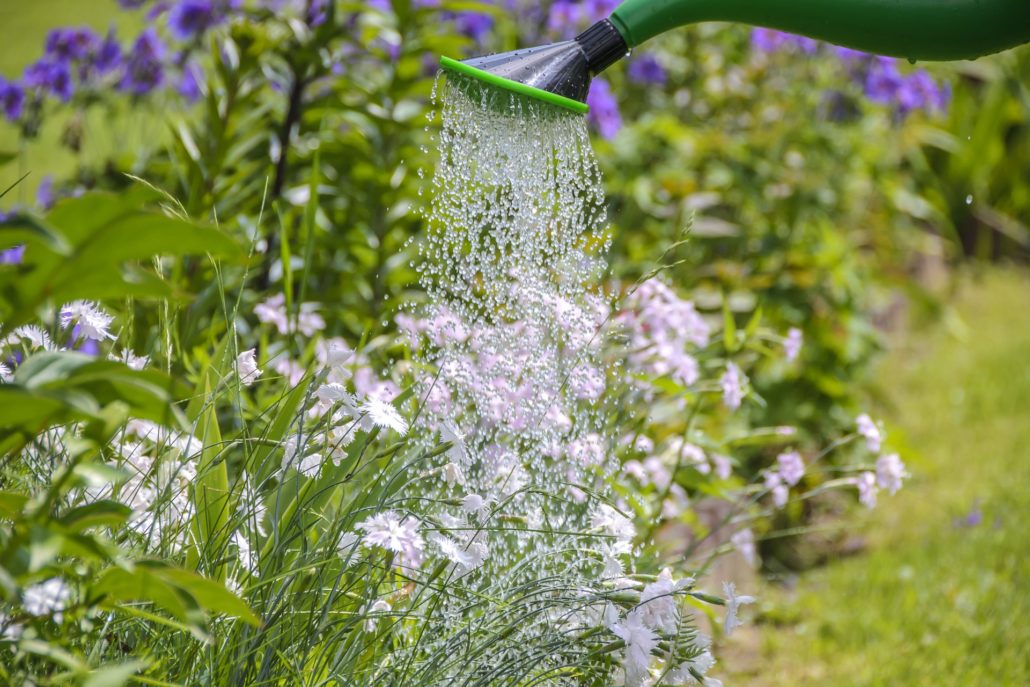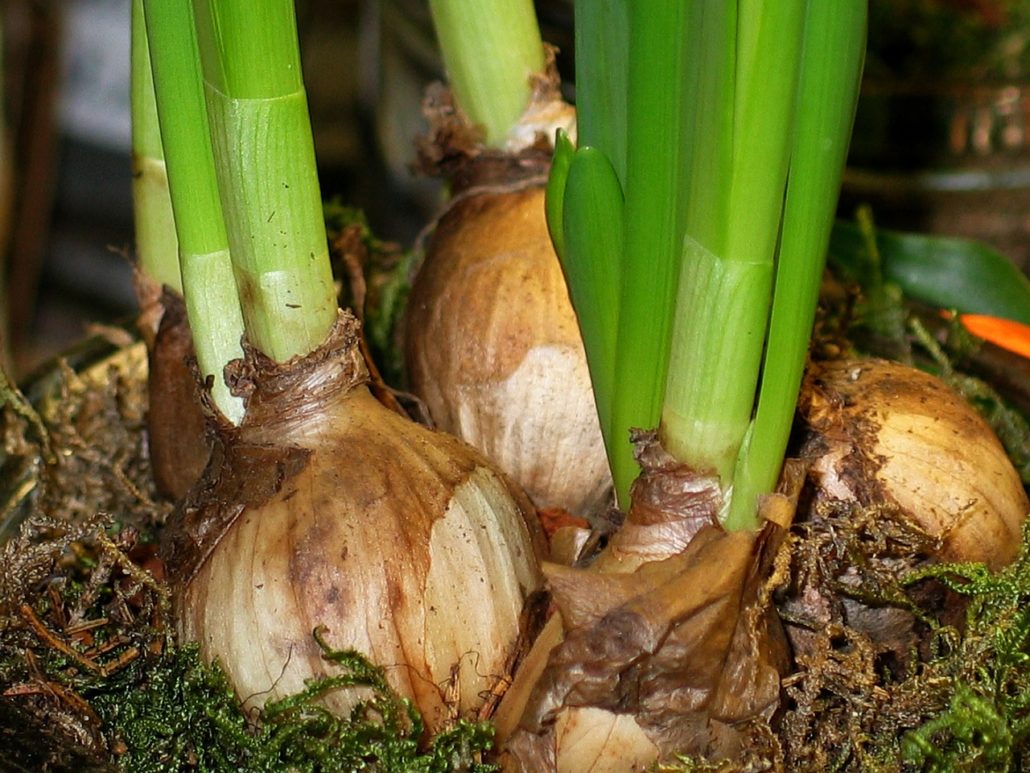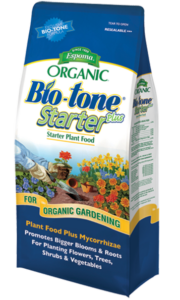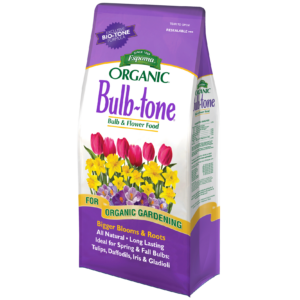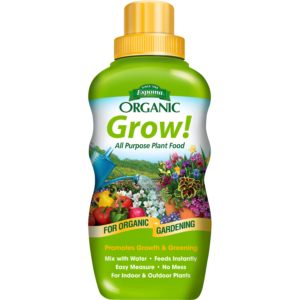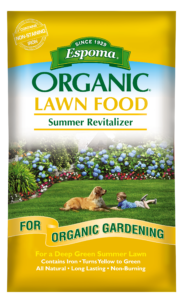Plant a path – The best Ground Covers
Easy-to-grow groundcovers aren’t just limited to grass. There are plenty of attractive solutions that suppress weeds and add interest to your yard.
Groundcovers that feature variegated leaves and bright blooms bring life to areas that might otherwise go unnoticed. Plus, most groundcovers use less water than typical lawns and don’t require mowing.
To get a groundcover started, dig planting holes twice the size of the plants’ roots, fill partially with compost, add the plant and then backfill with compost enhanced with Bio-tone Starter Plus. Water plants thoroughly after planting.
5 Ground Covers for Your Yard
1. Thyme
Choose this perennial herb to create an aromatic, green carpet. Creeping thyme will grow between the cracks and crevices of stone paths and the pink or white blooms are lovely. Plant in full sun. Thyme is hardy in USDA Plant Hardiness Zones 4-10.
2. Creeping Juniper
This evergreen thrives in the heat. It does especially well in poor and sandy soils, drought and hot summers. Use it to fill in slopes, hills or rocky terrain. Plant in full sun. Creeping Juniper is hardy in Zones 3-10.
3. Sedum
One of the most dependable perennials you can grow, sedum quickly establishes in any sunny spot. Some sedums provide four seasons of interest, turning red in fall and winter. This low-maintenance, fast spreading plant will grow in even the poorest soil. Plant in full sun. Sedum is hardy in Zones 4-9.
4. Sweet Woodruff
Its star-shaped leaves and tiny white flowers make this shade-loving ground cover a favorite for many gardeners. True to its name, sweet woodruff will bring an earthy aroma to your yard. Plant in part to full shade. Sweet woodruff is hardy in Zones 4-8.
5. Pachysandra
Pachysandra is a great ground cover for areas where deer are a problem. Plus, it requires little care once it’s established. Be careful, though. While this ground cover is great for deterring deer, it can be poisonous to pets and children. Grow in shade and moist, well-drained soil. Pachysandra is hardy in Zones 4-8.
Looking for something with more blooms? Find out the top annuals to plant in containers.

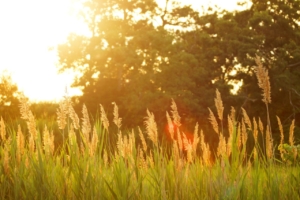
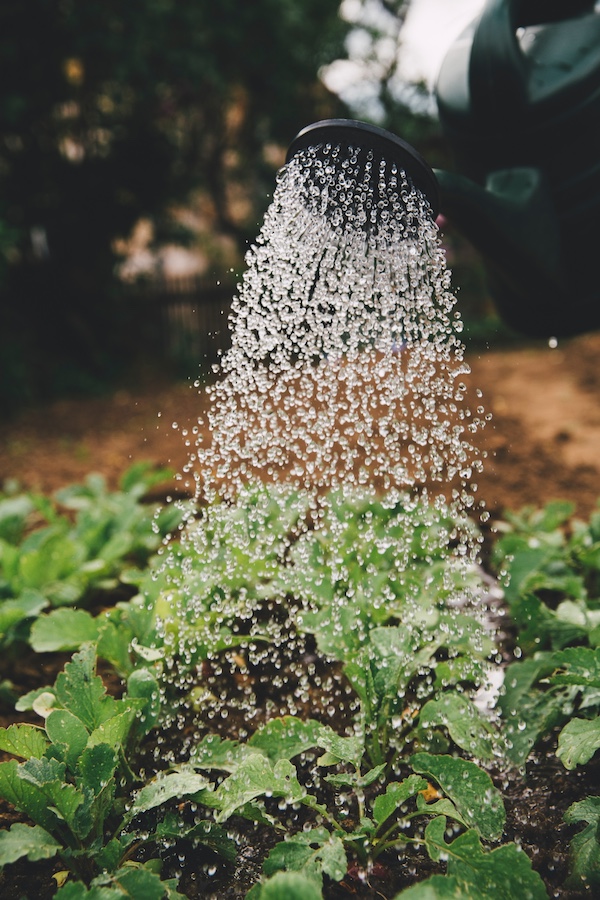
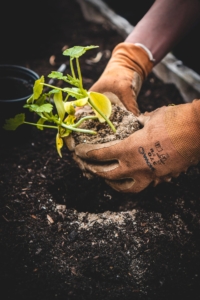
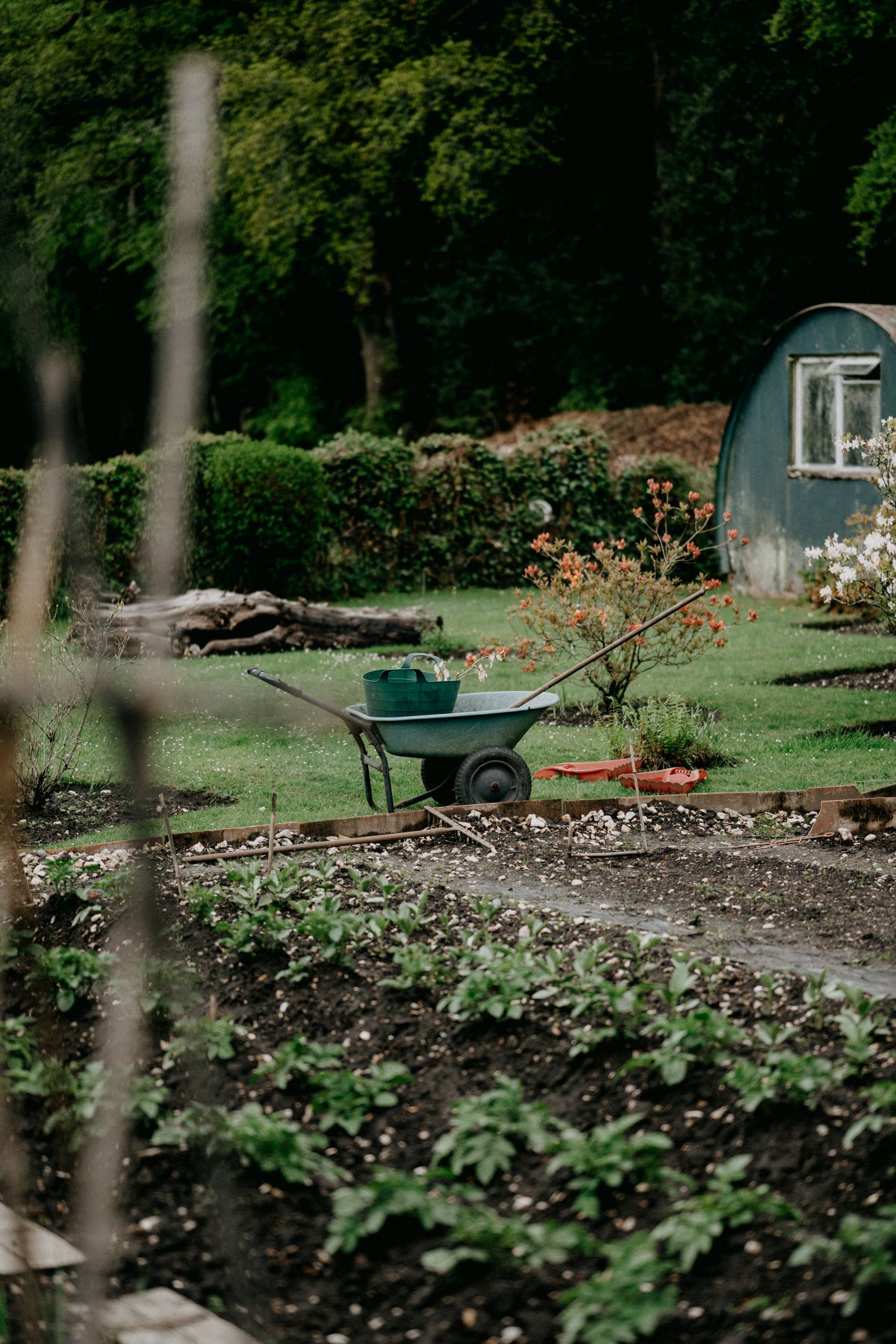
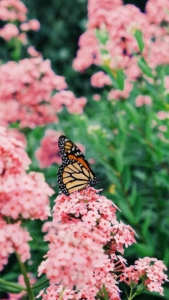
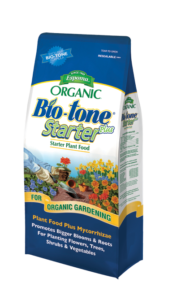
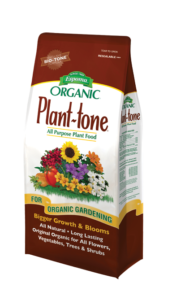
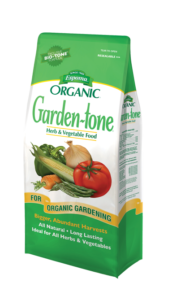
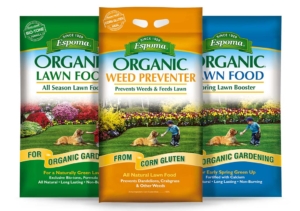

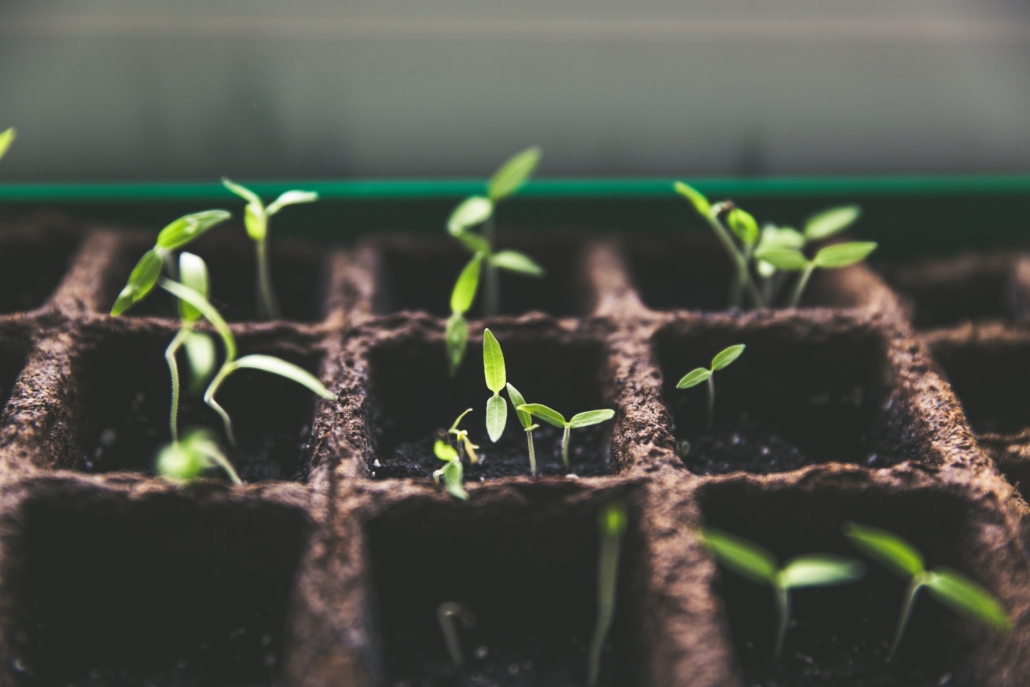
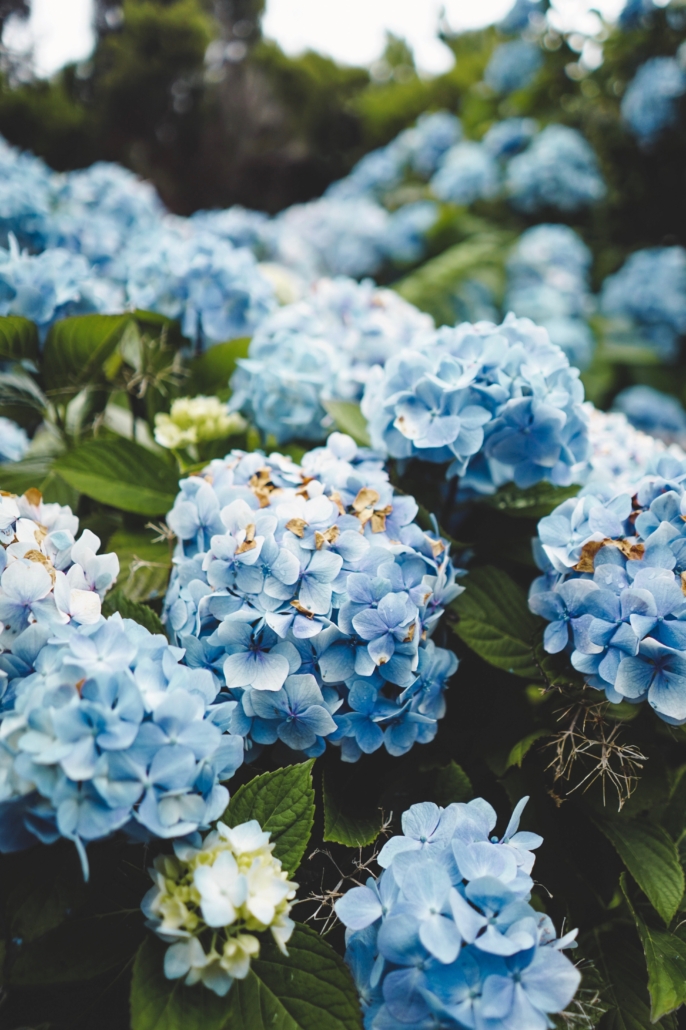
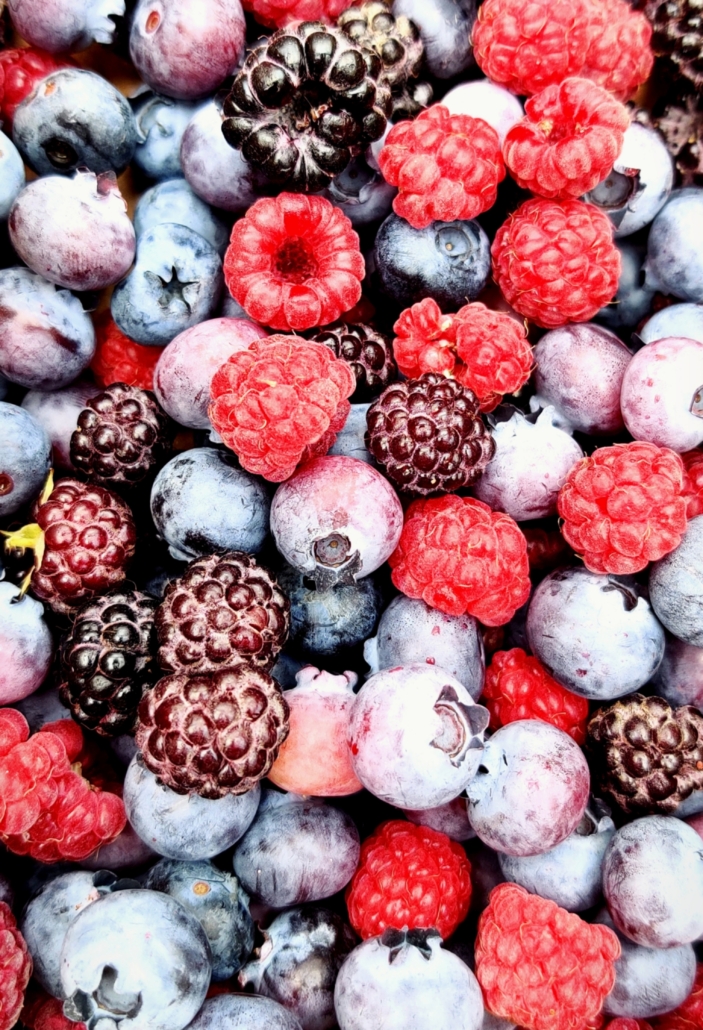
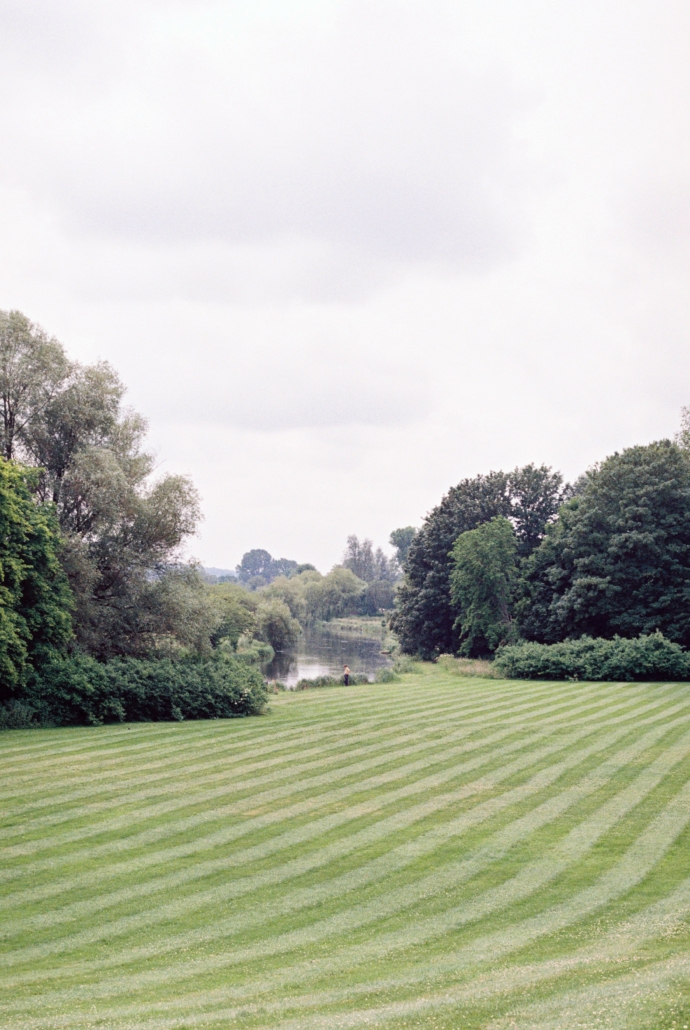
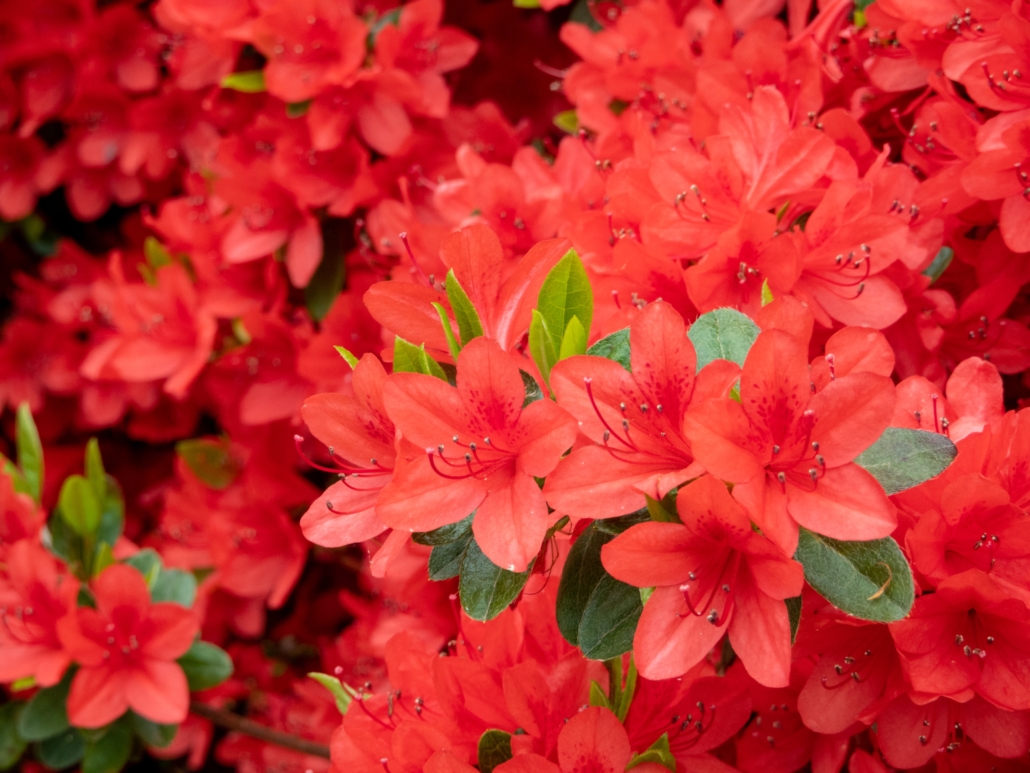
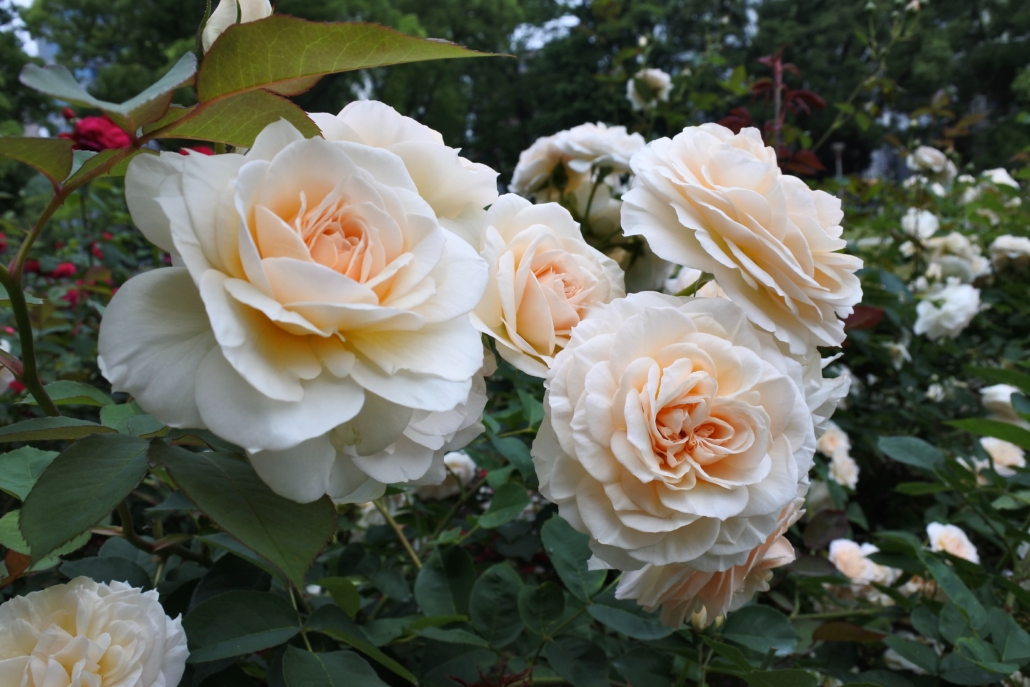
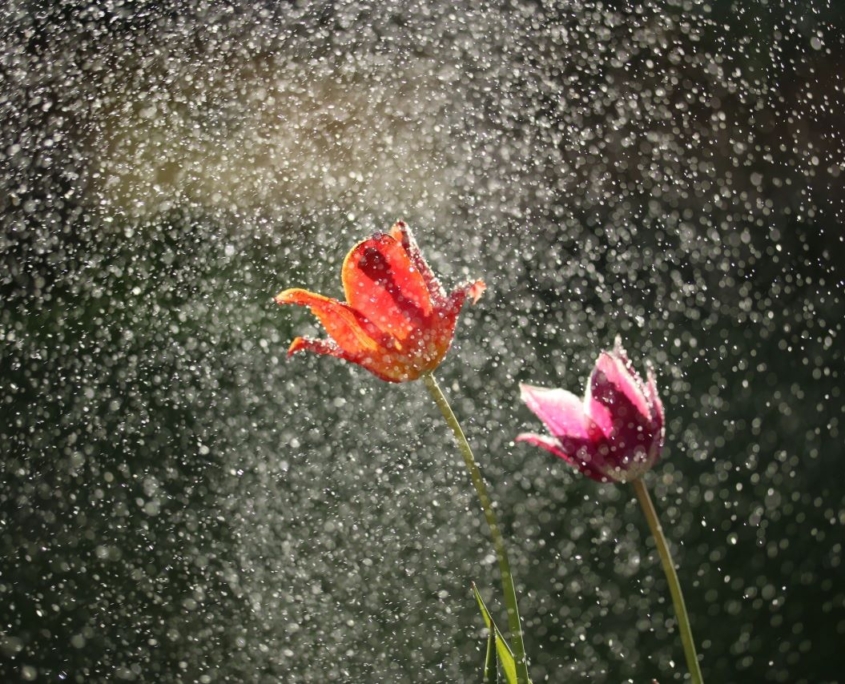

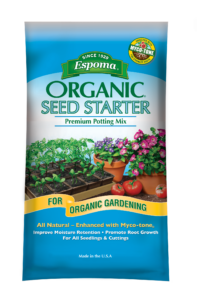
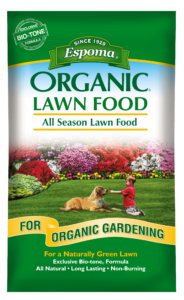
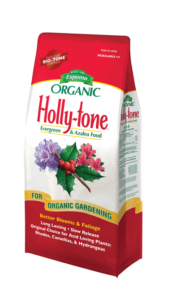
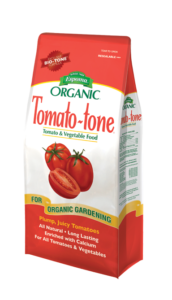
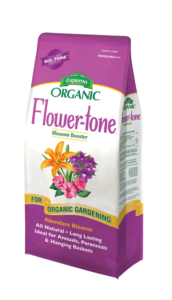
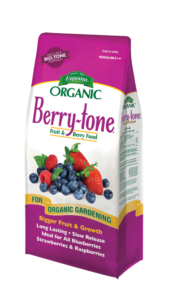
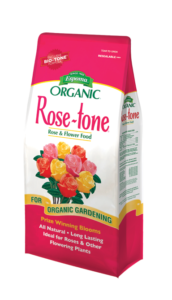

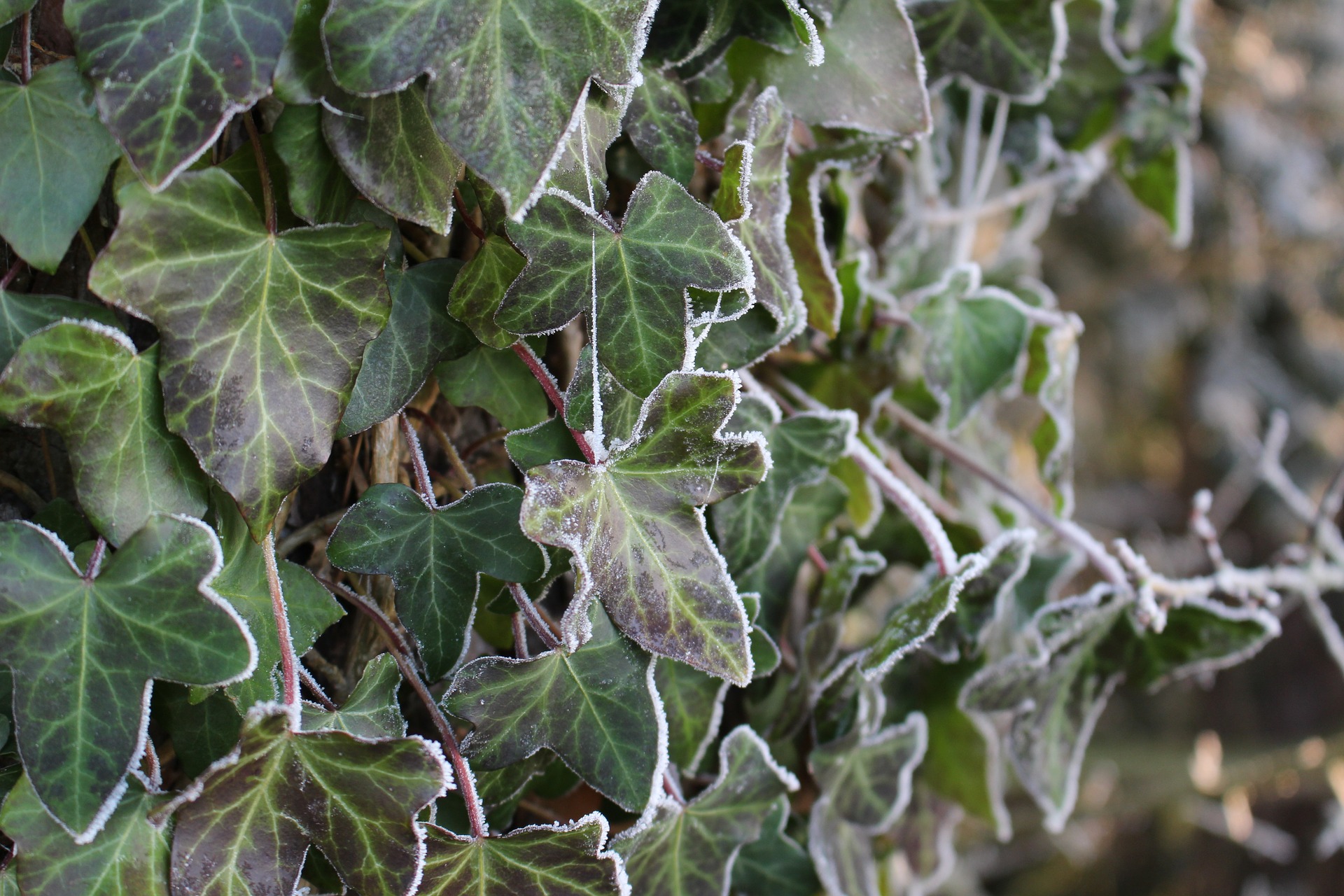
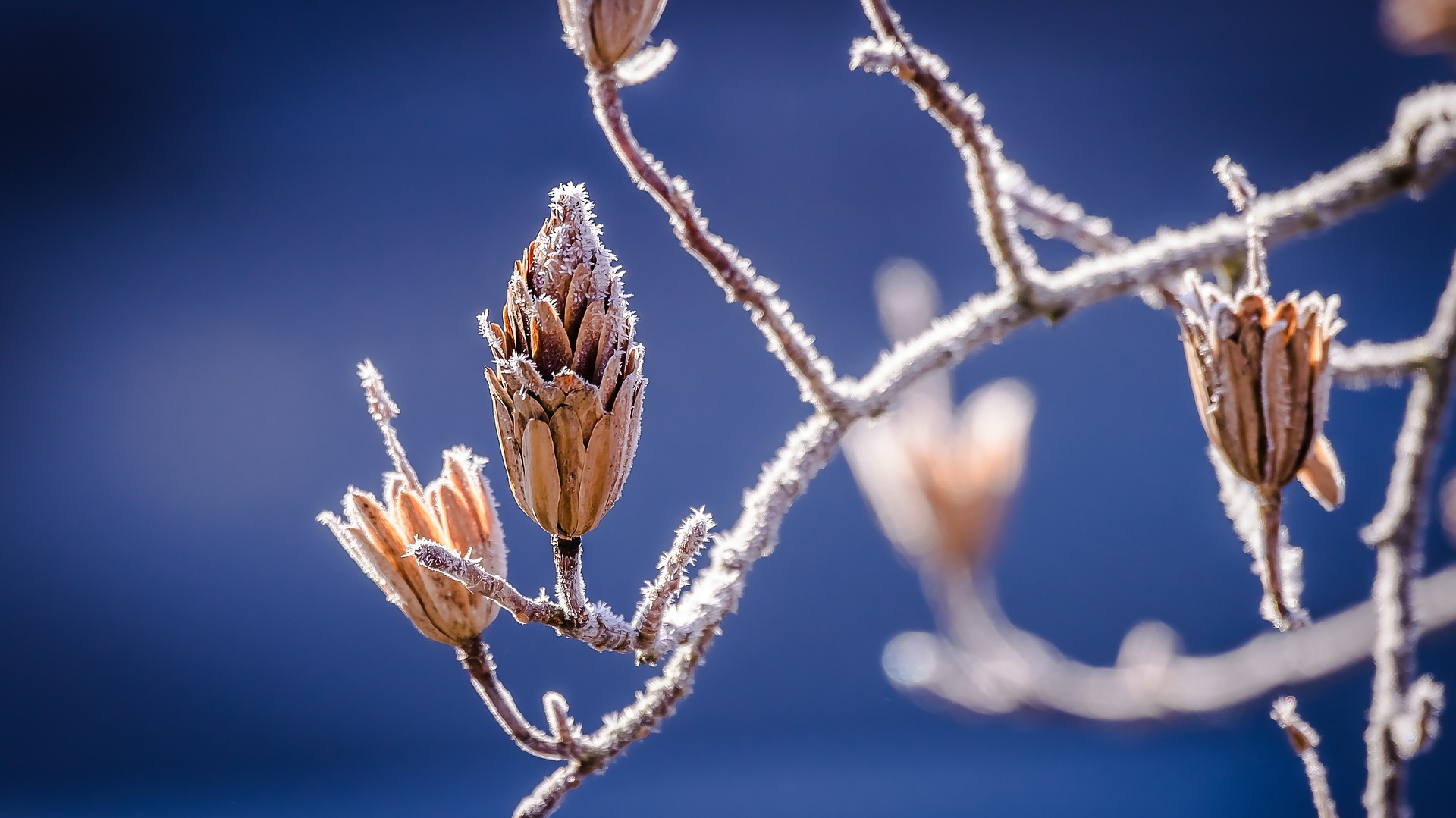
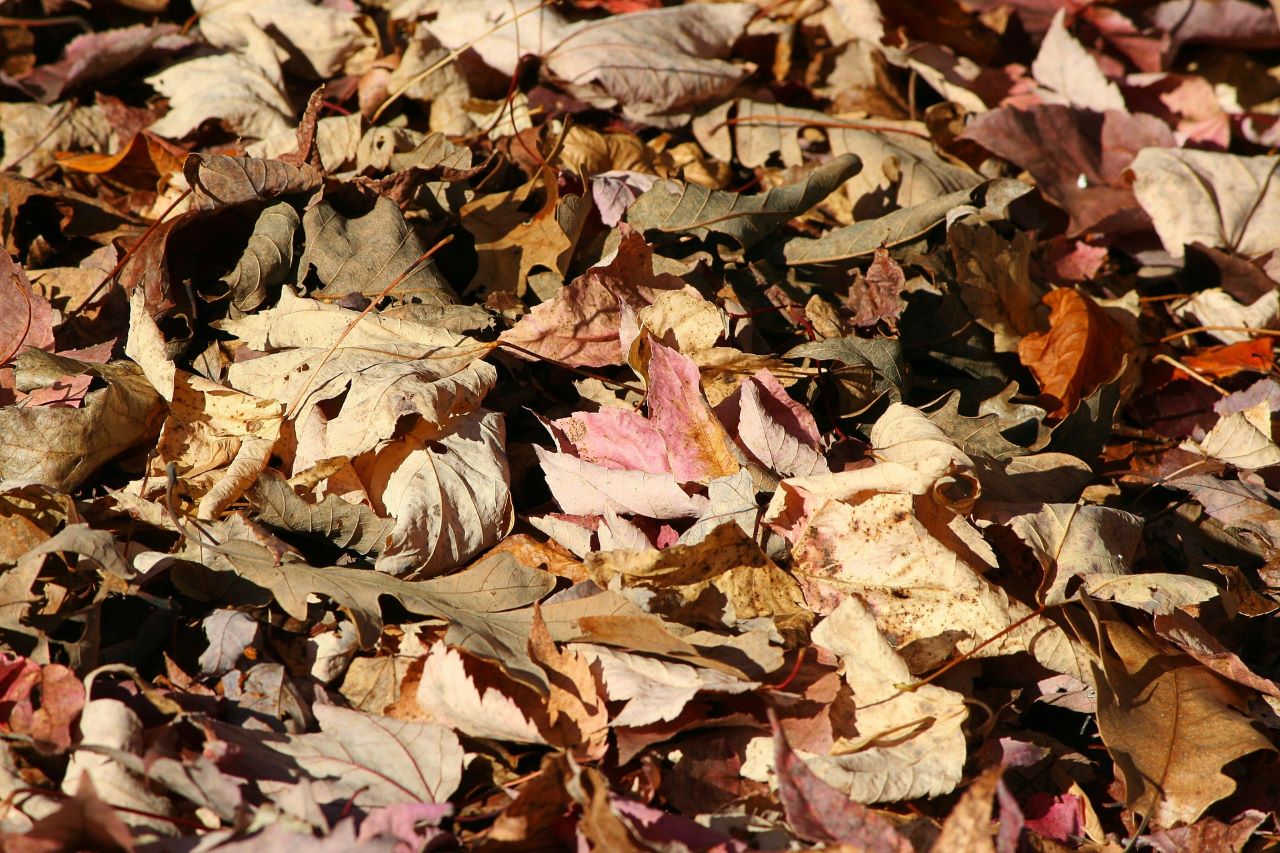
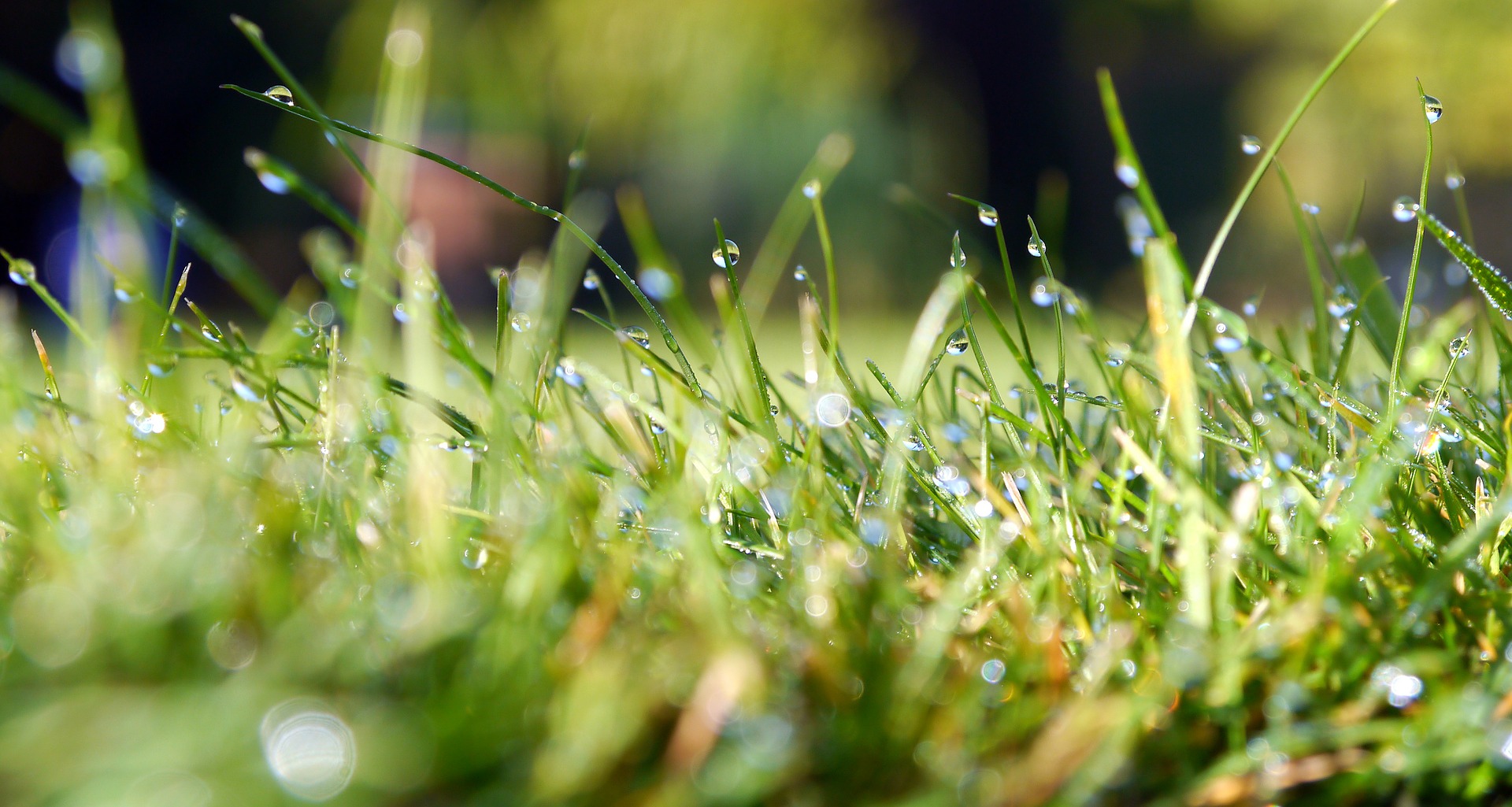

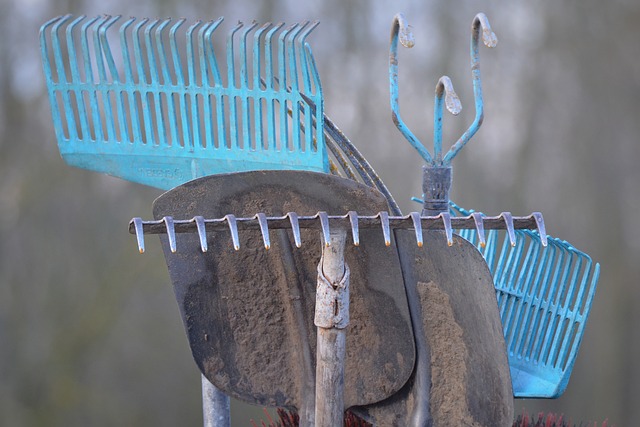

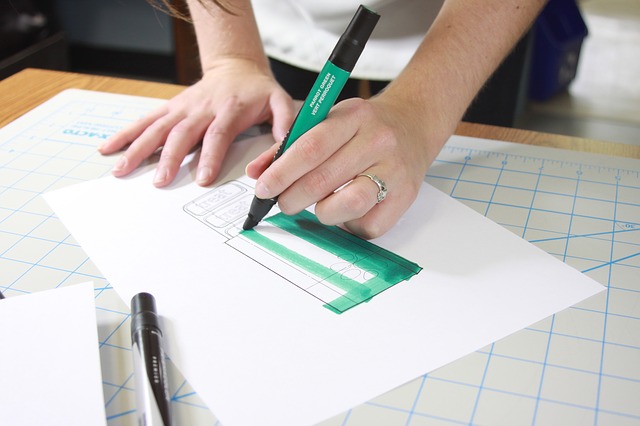
 6. Sharpen Pencils. Clean and sharpen your garden tools to get them ready for the new season! You can DIY or take them to your local garden center.
6. Sharpen Pencils. Clean and sharpen your garden tools to get them ready for the new season! You can DIY or take them to your local garden center.